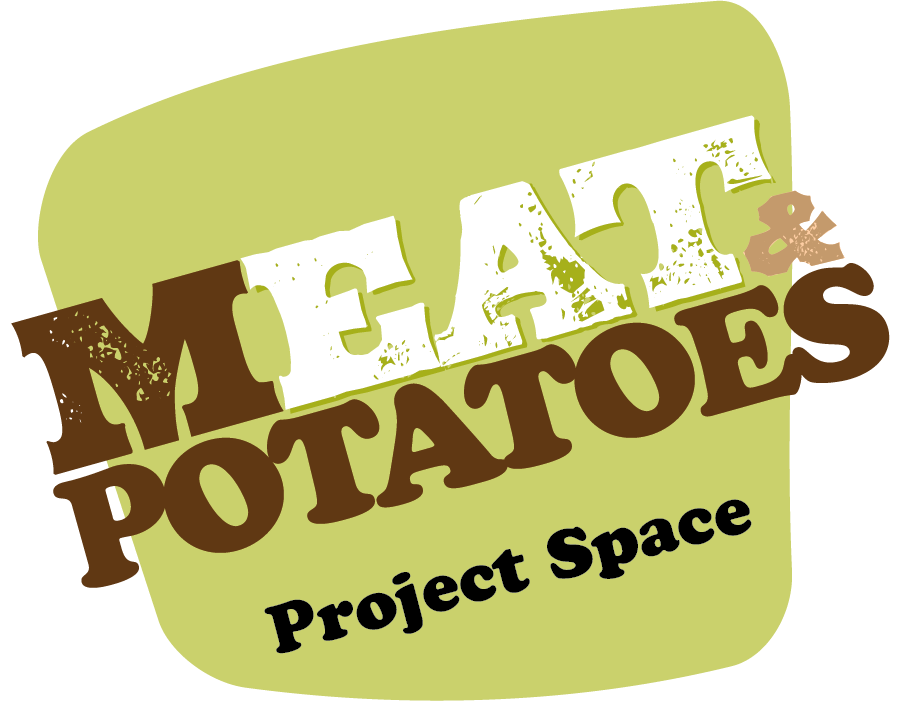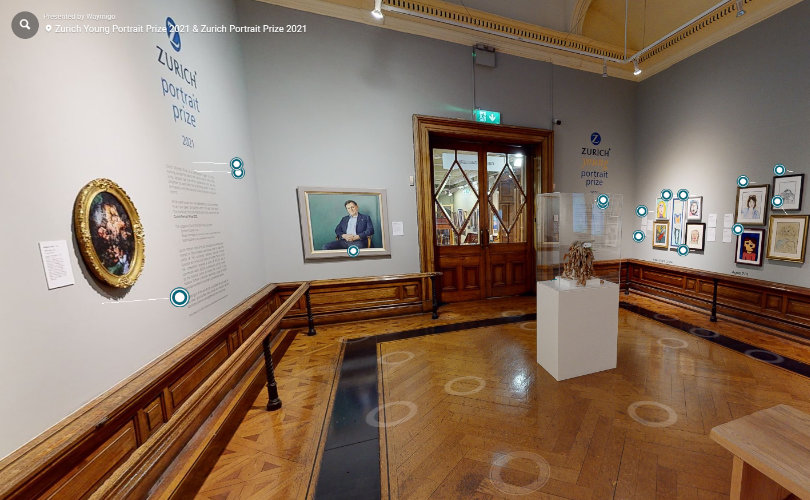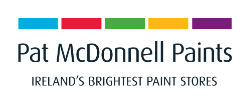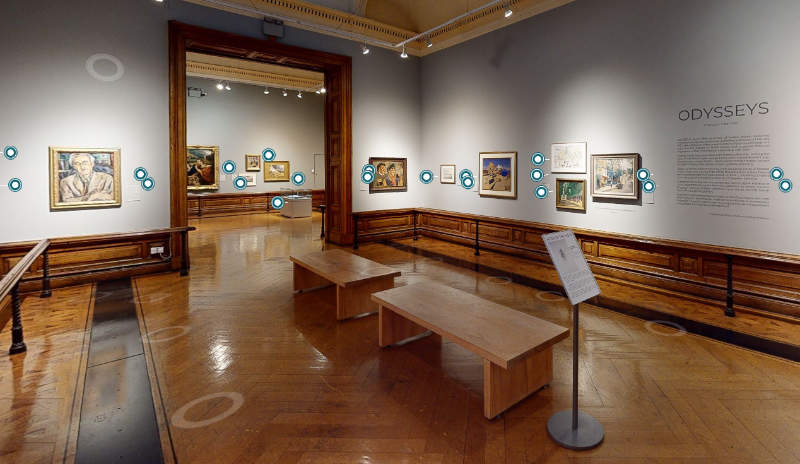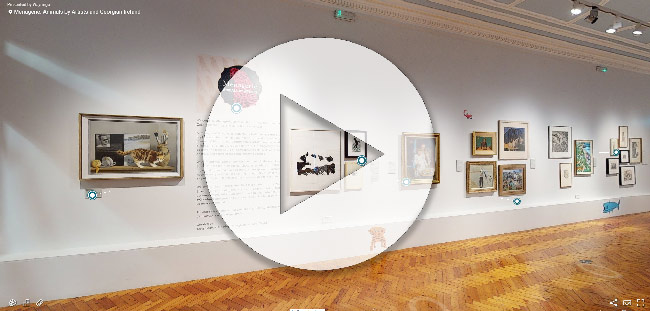EITHNE JORDAN: Mise en scène, Part II
9 September – 8 January
Coupled with Mise en scène, Part I at the Highlanes Gallery, Drogheda, this exhibition takes the form of an intervention in our beautiful and historic Sculpture Galleries.
Exhibited among the gallery’s collection of Canova Casts, Mise en scène, Part II comprises twenty small works by Eithne Jordan that respond to museum interiors in Ireland, France, and the United States.
Many of Jordan’s paintings feature sculptures which she sees as serving a multitude of purposes, but principally as a way of introducing the human figure into the institutional space. The artist notes that there are many layers of historical reference and interpretation distancing us from the humanity of the figure.
This series of exquisite miniature oils on board is a new departure for the artist. As Jordan notes:
‘I like the idea of doing a show in a space where a conversation can happen between my paintings and works from the collection that are on display. Here there are all kinds of echoes and connections with the Canova Casts and the sculptures represented in my paintings…’
This exhibition runs in parallel with Eithne Jordan’s Mise en scène, Part I (27 August – 1 October 2022) at the Highlanes Gallery, Drogheda. Both exhibitions, running concurrently, provide a unique opportunity for visitors to see the artist’s work in two very different contexts across the island of Ireland.
Curated by Margarita Cappock.
Download the free companion booklet.
IN CONVERSATION: Eithne Jordan & Margarita Cappock
1pm, Wednesday 19 October
Free but advance booking recommended via Eventbrite
Eithne Jordan lives and works in Dublin, and in the Languedoc, France. She studied at Dun Laoghaire School of Art before receiving a DAAD scholarship to Berlin where she lived and worked for a number of years. She has exhibited widely in Europe, and is a member of Aosdána and the RHA, where she holds the position of Keeper. Her work is in major public and private collections in Ireland, Europe, and the United States. Mise en scène, Part I and Part II are Jordan’s first shows in Ireland since her major exhibition, Tableau, at the Hugh Lane Gallery, Dublin in 2017.

